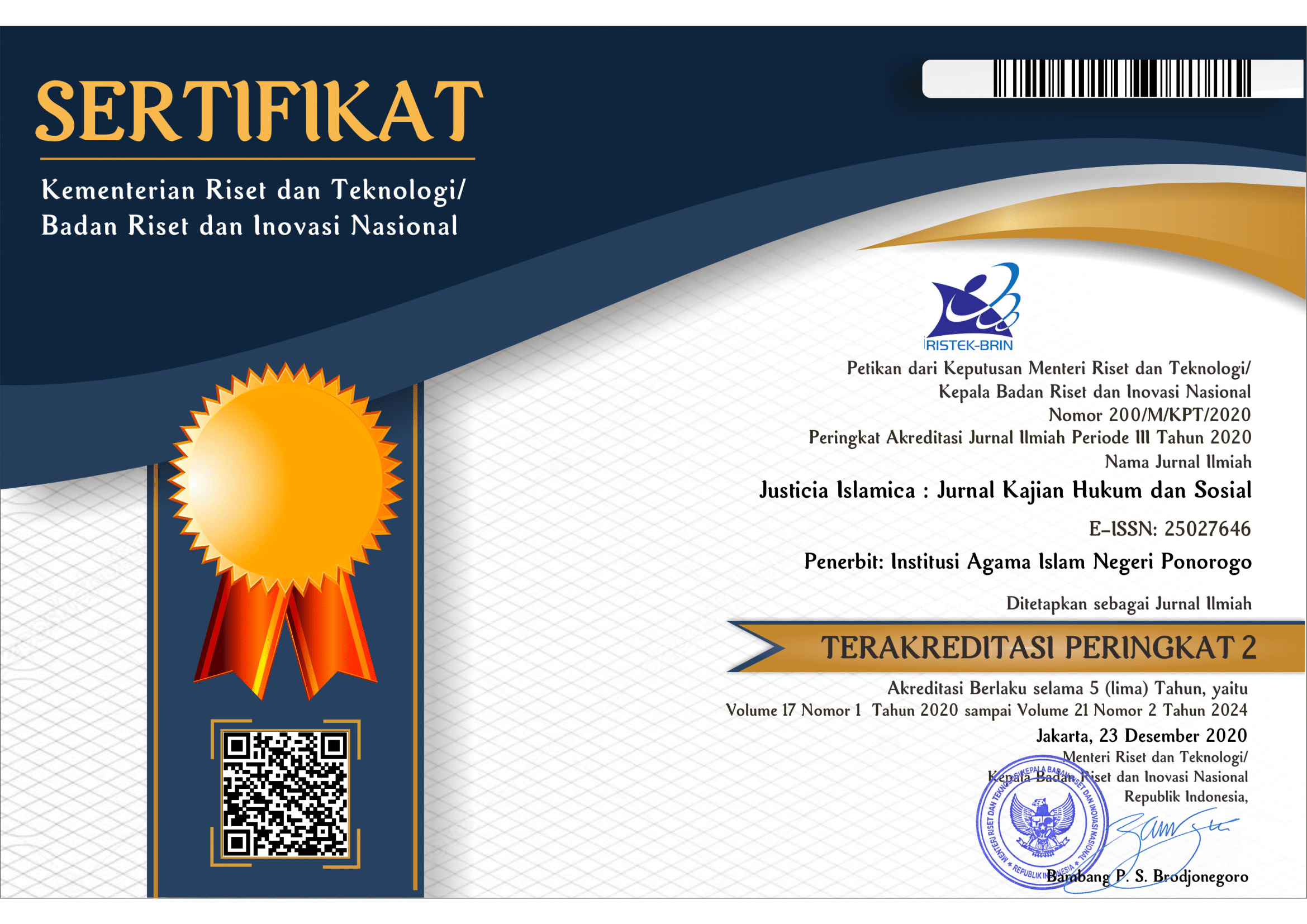Pemikiran Fiqh al-Shafi'i
Telaah Atas Transformasi Qaul Qadim dan Qaul jadid
Keywords:
Qaul Qadim; Qaul Jadid; ushul fiqh; legal transformation.Abstract
This study aims to analyze the fiqh thought of Imam al-Shafi'i with a focus on the transformation between the Qaul Qadim (old opinion) and the Qaul Jadid (new opinion). This study explores the factors behind the change in Imam al-Shafi'i's views and their implications for the development of ushul fiqh. The method used is library research with a descriptive-analytical approach. The main sources of research include the works of Imam al-Shafi'i, such as Al-Risalah and Al-Umm, as well as academic studies that discuss changes in his legal methodology. The results of the study show that the transition from Qaul Qadim to Qaul Jadid was due to geographical factors, intellectual experience, and interaction with other schools of thought. This transformation reflects the flexibility of fiqh in responding to different contexts. This study emphasizes that al-Shafi'i's thinking remains relevant in the development of contextual Islamic law.
References
-
Downloads
Published
Issue
Section
License

This work is licensed under a Creative Commons Attribution-ShareAlike 4.0 International License.
Requirements to be met by the author as follows:
- Author storing copyright and grant the journal right of first publication manuscripts simultaneously with licensed under the CC BY-SA allows others to share the work with a statement of the work's authorship and initial publication in this journal.
Authors can enter into the preparation of additional contractual separately for the non-exclusive distribution of a decadent version of the journal issue (e.g., post it to an institutional repository or publish it in a book), with the recognition of initial publication in this journal.
Authors are allowed and encouraged to post their work online (e.g., in institutional repositories or on their website) before and during the submission process because it can lead to productive exchanges and citations earlier and more severe than published works. (see The Effect of Open Access).
This work is licensed under CC BY-SA.


















